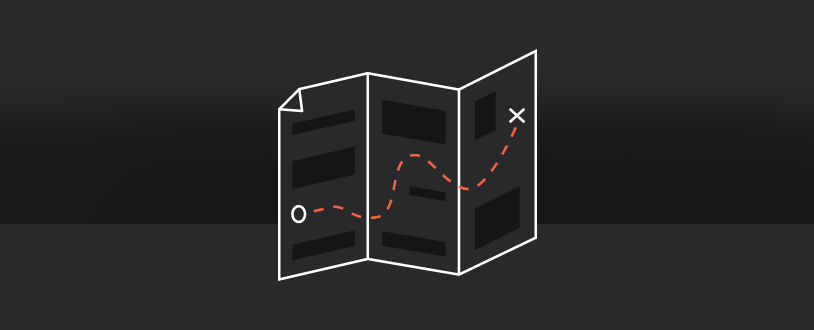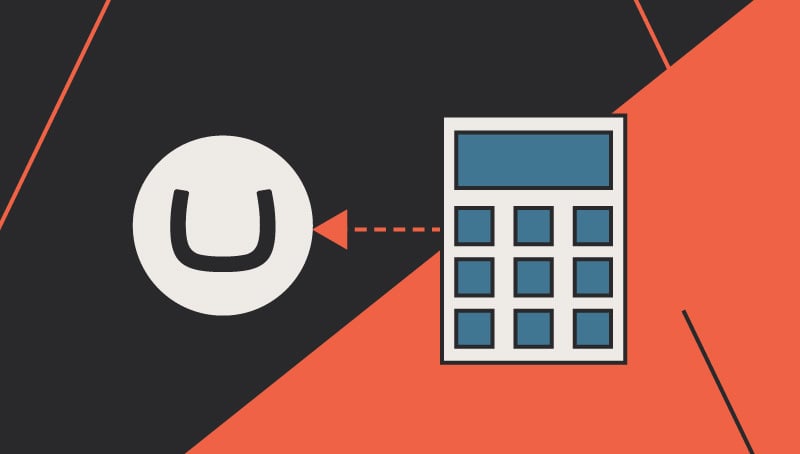3 Tips for Planning a Successful Episerver Commerce Migration
Chris Osterhout SVP of Strategy#CMS, #Commerce, #Episerver

Migrating your existing commerce site to EPiServer is a daunting prospect, but following these tips will help make the process easier.
As we’ve discussed previously, the Episerver CMS offers an incredibly robust commerce package, integrating content with commerce and allowing for a seamless experience across an entire site. If you’re looking to increase the ROI on your commerce conversions and meet your KPIs, implementing Episerver is definitely something you’ll want to consider. However, if you already have an e-commerce site, migrating your site to Episerver is almost certainly going to be a daunting prospect, since moving product data from one platform to another is an inherently complex task. Luckily, with proper planning, a migration to Episerver doesn’t have to seem impossible. Here are three tips to follow when planning your migration to Episerver that will not only make the process easier, but will help you manage your site effectively in the years to come:
1. Plan for SEO Up Front
In Episerver, the structure of your commerce catalog will directly affect the site’s individual page URLs, so in order to make sure you are following the best practices for Search Engine Optimization (SEO), you’ll want to be sure you’ve planned out your site’s architecture. Doing so will ensure that your pages’ URLs will contain the relevant keywords for their content, and it will help search engines understand the relevance of each page within your site.
2. Streamline Your Product Maintenance Experience
Episerver offers many ways to create products for sale or download, but this means that multiple variations of the same content can exist within a site, especially if the data from one product is reused for another product. When planning your site’s architecture, you’ll want to do your best to condense and combine products, creating versions of products that can be updated once rather than having to make any changes or updates in multiple locations. Implementing a product maintenance strategy that simplifies your catalog will save a lot of time and effort down the road.
3. Clean Your Data
In any web development project, content migration can seem like a tedious exercise, but it presents an opportunity to examine your content and determine what is and isn’t needed. This is also true when migrating commerce data to Episerver, and since different commerce platforms require different data points for the products listed, it’s important to understand how the data will map to the new platform and determine what needs to be included and what might not be needed. For instance, your current commerce platform might require each product to include price, product number, weight, product dimensions, and warehouse location, but your Episerver implementation may not need to import all of this data. Determining what exactly you need to import into Episerver will allow you to streamline your data, which will not only making the migration process simpler, but will also make your website easier to update in the future.
Taking the time up front to truly plan your content and data migration strategy will most certainly make your website migration process more pleasurable, and it will help make your website scalable for years to come. Do you have any questions for us about how to best make use of the benefits that Episerver offers? Do you need more information about how to get started with a migration to Episerver? Please contact us to speak to an Episerver expert, or feel free to leave a comment below.
Related Posts

4 Ways to Avoid Disaster When Migrating CMS Platforms
If you have ever migrated from one content management system (CMS) or eCommerce platform to another, you know how many unexpected issues can occur during the migration process.

Umbraco 7 Upgrade Costs and Considerations
Topics to consider when budgeting for an Umbraco 7 upgrade, including business needs, website redesign, integrations, and e-commerce needs.
Results Matter.
We design creative digital solutions that grow your business, strengthen your brand and engage your audience. Our team blends creativity with insights, analytics and technology to deliver beauty, function, accessibility and most of all, ROI. Do you have a project you want to discuss?
Like what you read?
Subscribe to our blog "Diagram Views" for the latest trends in web design, inbound marketing and mobile strategy.